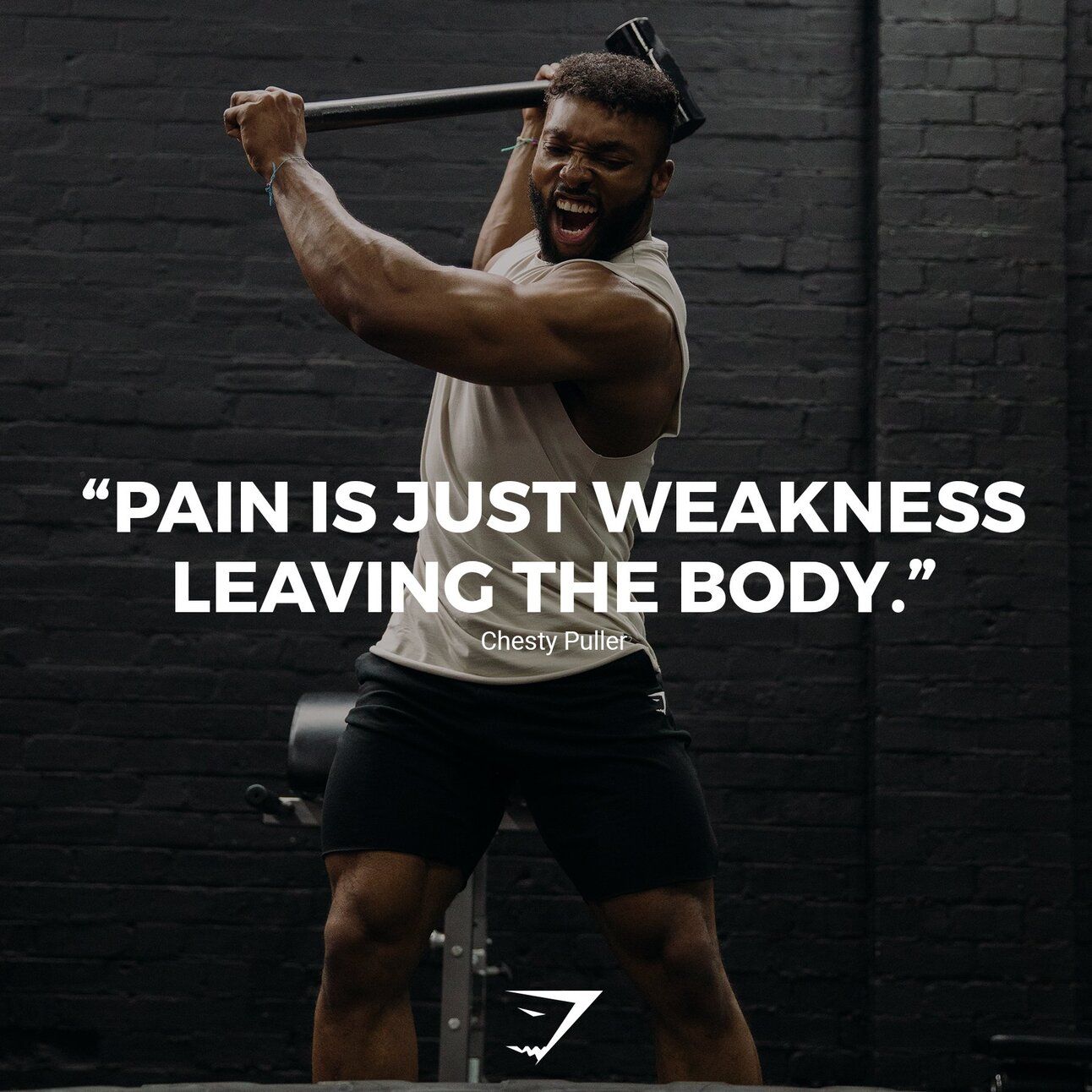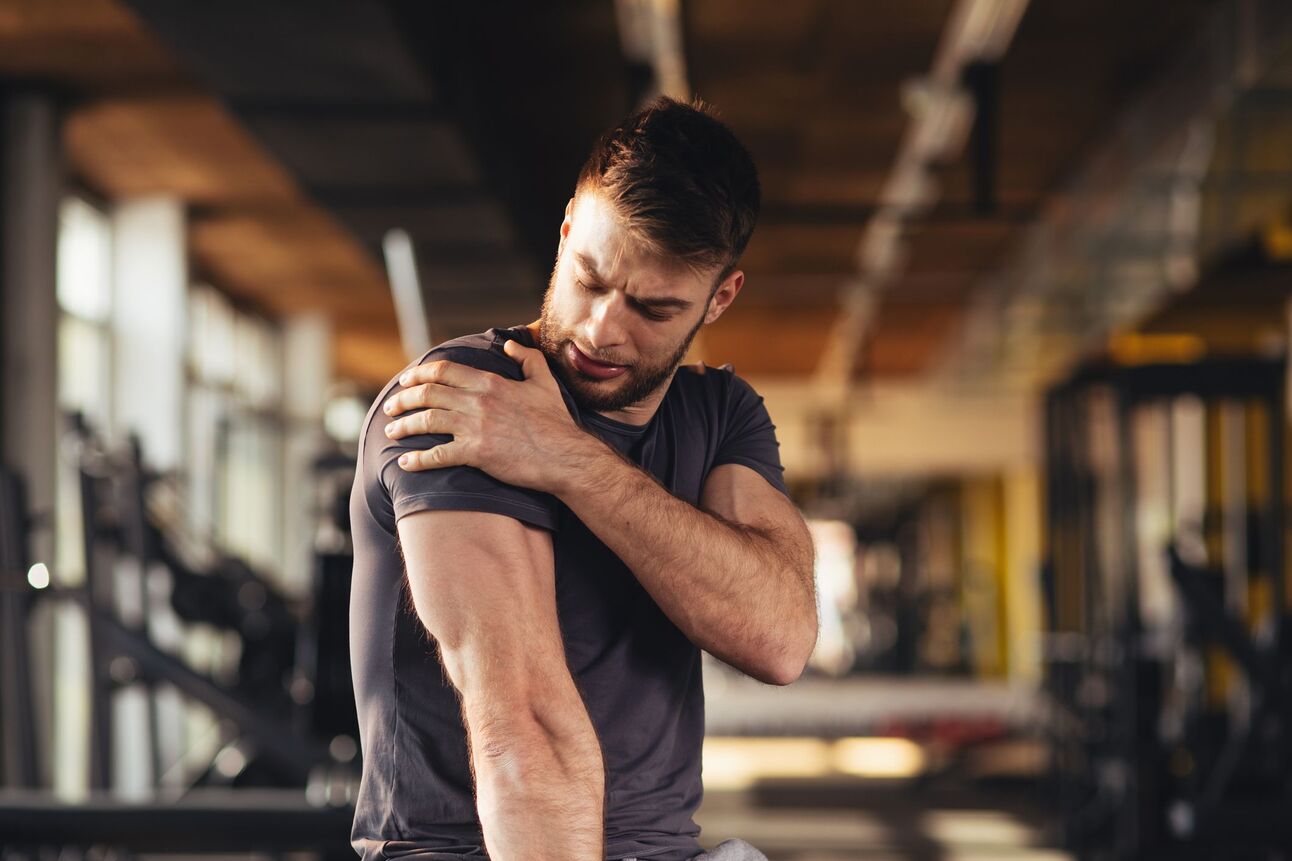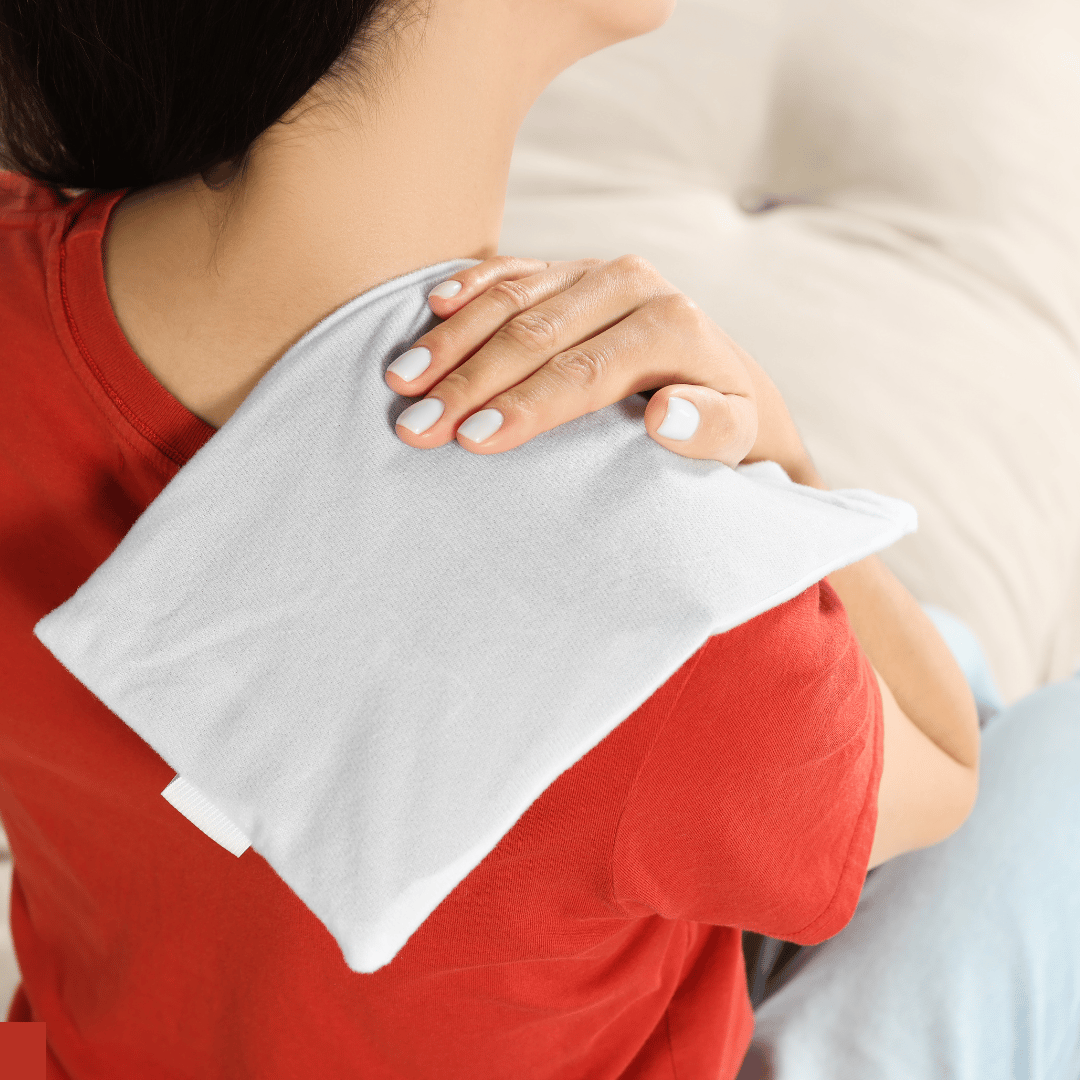- Deltoros Insider
- Posts
- Muscle Soreness: What is DOMS and How to Manage It
Muscle Soreness: What is DOMS and How to Manage It
3 Min Read
What is Delayed Onset Muscle Soreness (DOMS)?
DOMS is the muscle pain and stiffness that occurs 12 to 48 hours after exercise, especially after activities your body isn’t used to. It’s most common after high-intensity workouts or movements that cause your muscles to lengthen, such as weight lifting, sprinting, or downhill running.

"Soreness is just weakness leaving the body." — Gym Slayer
DOMS is caused by tiny tears in your muscle fibers, which occur during exercise. As your body repairs these tears, the muscles grow stronger and bigger, but the soreness can make it hard to get back into the gym.
4 Key Causes of DOMS
Eccentric Movements
Exercises that involve lengthening your muscles under tension, such as lowering a weight during a squat or lunge, tend to cause more soreness than other types of movement.New or Intense Workouts
If you’re doing a new exercise or increasing the intensity of your training, your muscles may experience extra stress, leading to DOMS.Lack of Warm-Up
Skipping a proper warm-up before working out can make your muscles more vulnerable to soreness after exercising.Muscle Breakdown
DOMS is a sign that your muscles are breaking down and rebuilding stronger, which is a natural part of progress in strength training.

How to Manage and Reduce DOMS
While DOMS can’t always be avoided, there are ways to manage the soreness and recover faster. Here’s how:
1. Stay Active with Light Movement
Light activities like walking, cycling, or gentle stretching can help ease muscle soreness by increasing blood flow to the muscles, speeding up recovery.
Key Takeaway: Active recovery helps reduce stiffness and soreness.
2. Use Foam Rolling or Massage
Foam rolling or getting a massage can break up muscle tightness and improve circulation, helping your muscles heal more quickly.
Key Takeaway: Foam rolling after your workout is a great way to manage DOMS.
3. Stay Hydrated
Dehydration can make muscle soreness worse. Drinking enough water before, during, and after your workout can help flush out toxins and reduce inflammation.
Key Takeaway: Proper hydration is key to faster muscle recovery.
4. Use Ice and Heat Therapy
Applying ice packs can help reduce inflammation, while using heat therapy (like a hot bath or heating pad) can relax muscles and relieve stiffness.

5. Get Enough Rest and Sleep
Your muscles need time to recover, and rest is essential. Make sure to get at least 7-9 hours of sleep each night to help your muscles repair faster.
Key Takeaway: Adequate rest and sleep are vital for managing DOMS.
Preventing DOMS in the Future
While DOMS can’t be entirely avoided, you can reduce its severity with the right strategies:
Warm-Up Properly: A proper warm-up prepares your muscles for intense activity and helps reduce the risk of soreness.
Progress Slowly: Don’t push your body too hard, too soon. Gradually increase the intensity of your workouts to avoid shocking your muscles.
Cool Down After Workouts: Stretching after exercise can help reduce muscle tightness and prevent soreness from becoming too intense.
Watch: How to Speed Up DOMS Recovery
Want to learn more about how to manage DOMS effectively? Check out this video for expert tips on reducing muscle soreness and speeding up your recovery.
Frequently Asked Questions (FAQs)
1. How long does DOMS last?
DOMS usually lasts between 24 to 72 hours after a workout. The soreness typically peaks 48 hours after exercising.
2. Is DOMS a sign of a good workout?
Not necessarily. While some soreness can indicate muscle growth, not all effective workouts cause DOMS. It’s important to focus on progress, not just soreness.
3. Can I work out with DOMS?
Yes, but stick to lighter activities or work different muscle groups to avoid aggravating the soreness.
4. Does stretching help with DOMS?
Gentle stretching can help reduce stiffness, but it won’t completely eliminate DOMS.
5. Should I take painkillers for DOMS?
Painkillers can help reduce discomfort, but they should not be relied on regularly. It’s best to focus on natural recovery methods like hydration and light movement.
6. Can I prevent DOMS entirely?
You can reduce the severity by warming up, cooling down, and progressing slowly in your workouts, but you may still experience some level of soreness, especially after intense or new exercises.

Conclusion
DOMS is a natural part of building strength and improving fitness, but it doesn’t have to slow you down. By using active recovery, staying hydrated, and focusing on rest, you can manage and reduce muscle soreness effectively. Embrace the process, and remember—soreness is a sign that your muscles are getting stronger!